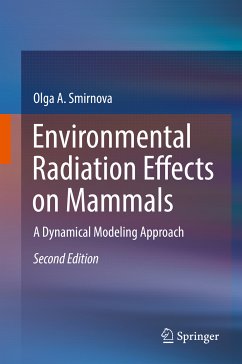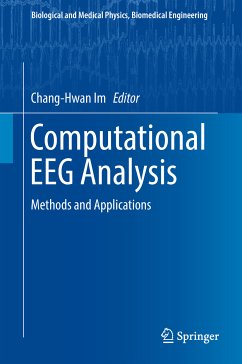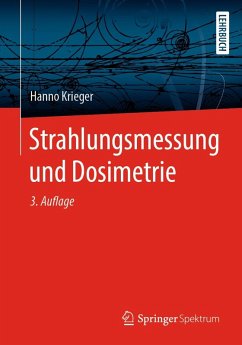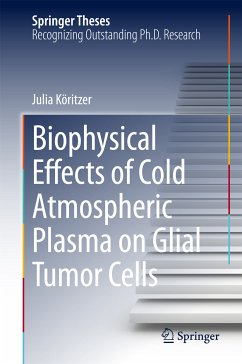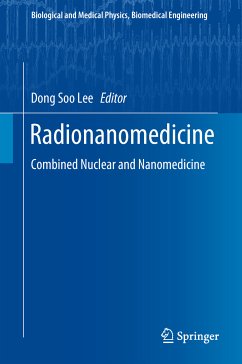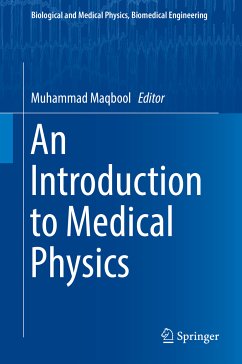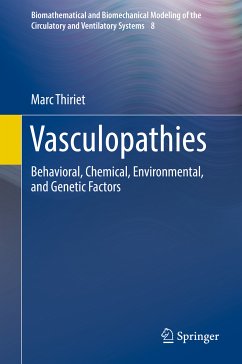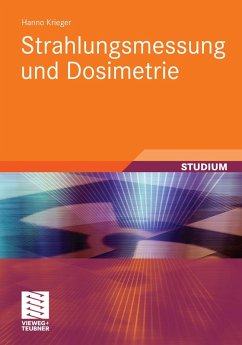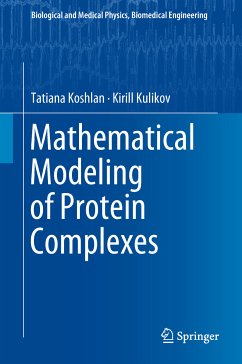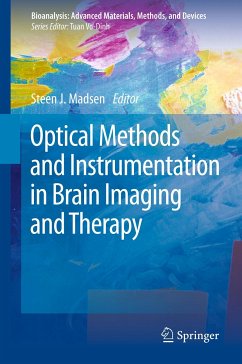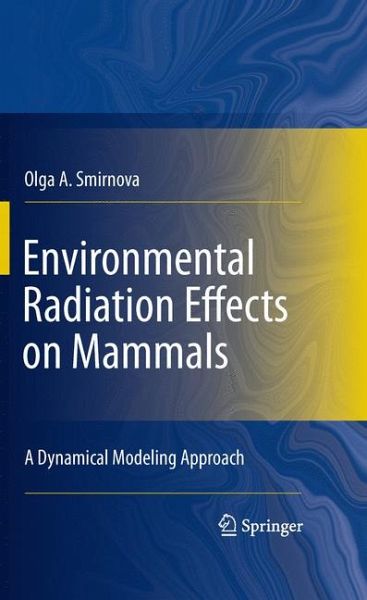
Environmental Radiation Effects on Mammals (eBook, PDF)
A Dynamical Modeling Approach
Versandkostenfrei!
Sofort per Download lieferbar
120,95 €
inkl. MwSt.
Weitere Ausgaben:

PAYBACK Punkte
60 °P sammeln!
Themonographisdevotedtothetheoreticalstudiesofradiationeffectsonmammals. It summarizes the results obtained by the author over the past 30 years, most of them being of high priority. In the course of these studies, a single approach to the modeling of radiation effects on mammals has been elaborated. Speci?cally, in the framework of the developed deterministic mathematical models, the effects of both acute and chronic irradiation in a wide range of doses and dose rates on vital body systems (hematopoiesis, small intestine, and humoral immunity), as well as on the development of autoimmune dise...
Themonographisdevotedtothetheoreticalstudiesofradiationeffectsonmammals. It summarizes the results obtained by the author over the past 30 years, most of them being of high priority. In the course of these studies, a single approach to the modeling of radiation effects on mammals has been elaborated. Speci?cally, in the framework of the developed deterministic mathematical models, the effects of both acute and chronic irradiation in a wide range of doses and dose rates on vital body systems (hematopoiesis, small intestine, and humoral immunity), as well as on the development of autoimmune diseases, are investigated. The radiation effects on the mortality dynamics in homogeneous and nonhomogeneous(in radiosensitivity) mammalian populations are also studied by making use of the developed stochastic models. The most appealing feature of these mortality models consists of the fact that they account for the intrinsic properties of the exposed organism. Namely, within these models the stochastic biometrical functions are calculated proceeding from statistical characteristics and dynamics of the respective critical body system (hematopoiesis or small intestine). The performed theoretical investigations contribute to the development of the system and quantitative approaches in radiation biology and ecology. These studies elucidate the major regulatory mechanisms of the damage and recovery processes running in the vital body systems of exposed mammals and reveal the key par- eters characterizing the processes.
Dieser Download kann aus rechtlichen Gründen nur mit Rechnungsadresse in A, B, BG, CY, CZ, D, DK, EW, E, FIN, F, GR, HR, H, IRL, I, LT, L, LR, M, NL, PL, P, R, S, SLO, SK ausgeliefert werden.



